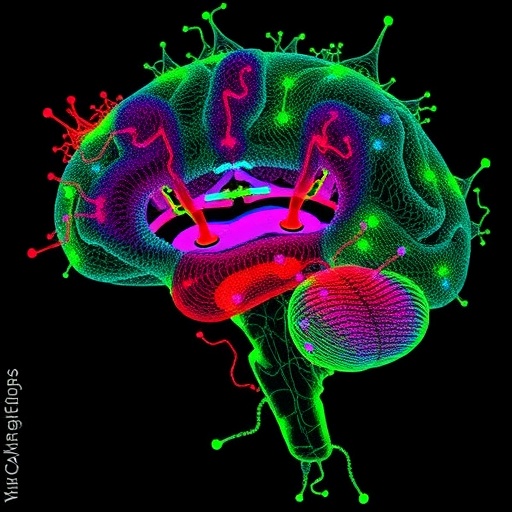August 29, 2018 — New York City's tobacco-free free pharmacy law substantially reduces tobacco retailer density overall, but the policy's impact is not evenly distributed across neighborhoods, according to a new study at Columbia's Mailman School of Public Health. On average, retailer density will decrease by nearly 7 percent, with several "Neighborhood Tabulation Areas" experiencing reductions greater than 15 percent after the policy takes full effect in 2019. Though NYC supplemented this approach by setting a cap on the total number of tobacco retailer licenses in each Community District, the impact of this companion law will occur gradually through attrition and may take years to manifest. The findings are published online in the journal Tobacco Control.
Neighborhoods that benefitted most from the tobacco-free pharmacy policy generally had higher income levels, greater educational attainment and a higher proportion of non-Hispanic white residents–demographic groups with a relatively low burden of tobacco use in NYC. In contrast, areas with a higher percentage of adults with less than a high school education and a higher proportion of uninsured residents benefitted less from the policy. For example, neighborhoods in the South Bronx, East and Central Harlem, and North and Central Brooklyn – all identified as 'high risk' for tobacco retail by the American Cancer Society – experienced little to no change in retailer density after policy implementation.
"Our study demonstrates that the overall effect of the pharmacy ban on tobacco retailer density is substantial," said Daniel P. Giovenco, PhD, assistant professor of Sociomedical Sciences. "In order to minimize disparities in the tobacco retail environment, local governments considering a similar ban should follow NYC's example and create a supplemental, 'retail agnostic' plan to account for differences in retailer types across diverse neighborhoods. The challenge lies in ensuring that the rate of retailer density reduction occurs equitably."
The researchers based their analysis on a 2017 list of all licensed tobacco retailers in the City, including 510 pharmacies that held tobacco licenses. Using geographic information systems (GIS) software, tobacco retailer density per 1000 residents was calculated for each of NYC's Neighborhood Tabulation Areas before and after removing pharmacies from the sample. Results showed that high-income neighborhoods in Manhattan and the more suburban outskirts of other boroughs were most likely to benefit from the new policy, experiencing the largest reductions in retailer density. More disadvantaged neighborhoods in the city frequently experienced little to no change in retailer density as a result of the new law.
Strong evidence exists that tobacco-free pharmacy laws have a positive impact on health, and consumer support for this tobacco control strategy is high. "New York City's newest legislation to ban tobacco sales in pharmacies — retailers that often claim to be centers of health and wellness — has received deserved praise, and is a sensible public health strategy to curb tobacco use," observed Giovenco. "It is important, however, to continue to monitor the reductions in retailer density and tobacco use prevalence across neighborhoods in the years following the city's new policies to assess their effectiveness and equitable distribution."
###
Co-authors are Torra Spillane, Christine Mauro and Diana Hernandez, all of the Columbia Mailman School. The work was supported by the National Institutes of Health (Grant DP50D023064).
Columbia University's Mailman School of Public Health
Founded in 1922, Columbia University's Mailman School of Public Health pursues an agenda of research, education, and service to address the critical and complex public health issues affecting New Yorkers, the nation and the world. The Mailman School is the third largest recipient of NIH grants among schools of public health. Its over 450 multi-disciplinary faculty members work in more than 100 countries around the world, addressing such issues as preventing infectious and chronic diseases, environmental health, maternal and child health, health policy, climate change & health, and public health preparedness. It is a leader in public health education with over 1,300 graduate students from more than 40 nations pursuing a variety of master's and doctoral degree programs. The Mailman School is also home to numerous world-renowned research centers including ICAP and the Center for Infection and Immunity. For more information, please visit http://www.mailman.columbia.edu.
Media Contact
Stephanie Berger
[email protected]
212-305-4372
@ColumbiaMSPH
https://www.mailman.columbia.edu/
http://dx.doi.org/10.1136/tobaccocontrol-2018-054463





